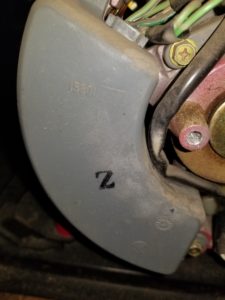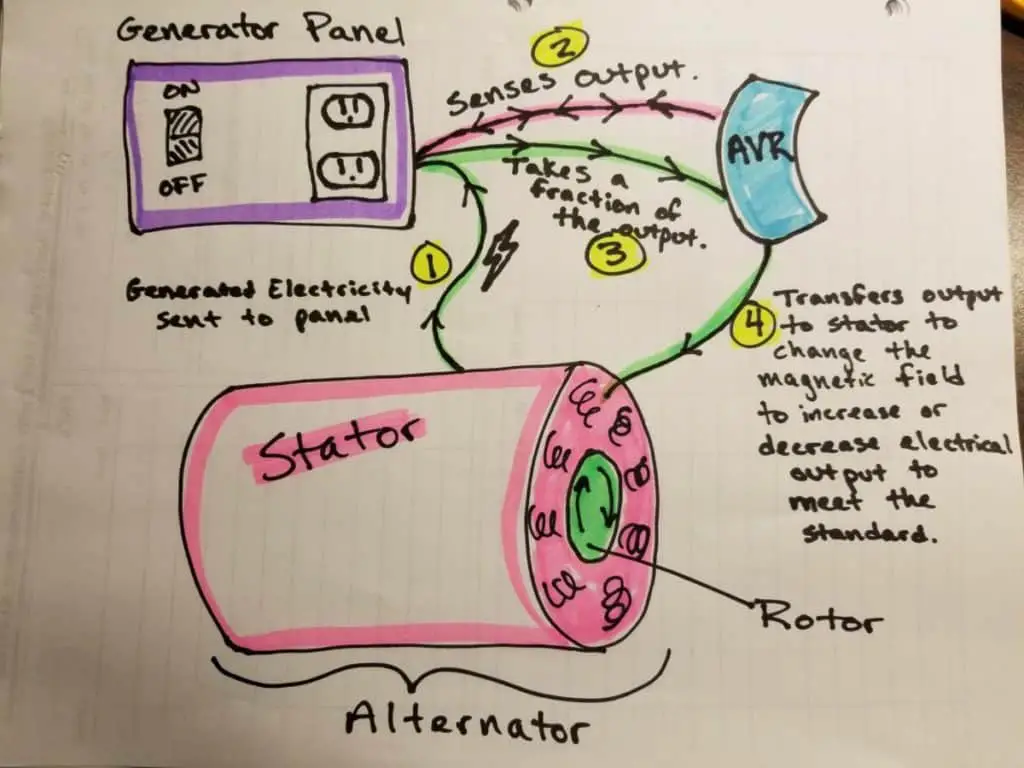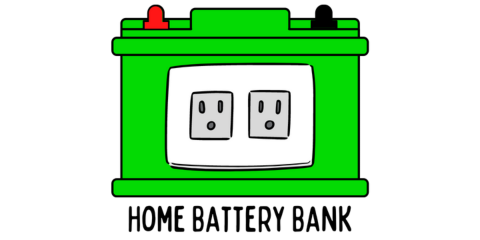When I first started dabbling into fixing generators, I had no idea what I was really looking at when it came to the components in the generator’s alternator. I saw a lot of wires and electronic modules and made it my quest to gain at least a modicum of understanding so that I could do basic repairs if I needed.
One of the components that you’ll see when you remove the cover for the generator’s alternator is the AVR, or Automatic Voltage Regulator for short. In my research I had seen how to replace it, how to “flash the field”, and how to locate it, but I couldn’t find an easy to understand explanation about what it is and how exactly it works.
That is what I’m hoping to relay to you today, so if you’re wondering what your generator’s AVR is you’re in the right place.
What it a Generator’s AVR?
An AVR in a generator is responsible for sensing the electrical output of the Generator’s accelerator to the outlets that you intend to plug into and it compares that electrical output to the predefined standard (120v or 240v) and adjusts the accelerator’s output to remain at that standard.

In other words, the AVR in a generator makes sure that when you plug something into the 120v outlet on the generator’s panel, that it will indeed provide you with 120v and not 60v or 200v.
If, for example, your generator’s alternator was able to produce 120v on its own when running at its normal speed of operation and you were to plug something into one outlet, you would not have 120v to plug into the other outlet without an increase in the magnetic field to generator more electricity.
I’ll go over an easy to understand explanation of how it works next without the complicated “electrical speak”.
How Does an AVR on a Generator Work?
I know an electrician will probably tear me apart with terminology, but here’s how an AVR on a generator works so that a novice can understand.
Electricity is produced by your generator’s alternator. An alternator consists of two primary components: the stationary stator which wraps around the rotating rotor. Together, the rotor and stator create an electromagnet. Electricity is generated as the rotor spins at 3,600 RPMs inside of the stator.
Before your generator even fires up, it should have a residual magnetic charge in the rotor which is located inside the stator (which wraps around it). Without a magnetic charge to start the process, there would be no electricity.
Assuming everything is working correctly and there is enough residual magnetism (and we’ll talk about if it doesn’t later in the article), when you start your generator’s engine it also starts the rotor spinning. A small amount of electricity is initially created as the magnetic field is weak and only charged enough with residual magnetism.
However, the small amount of electricity is noticed by the AVR at the point of the outlets that you were to plug your appliances into. This amount triggers the AVR to engage. The AVR is programmed to keep your voltage at a certain level (120v or 220v, for example) and it senses that your amount is low.
It then diverts a fraction of the electricity supplied by the alternator to the outlet and sends it back to the stator’s exciter coils. The added electricity to the coils excites them and creates a stronger magnetic field within the alternator. This stronger magnetic field consequently creates higher levels of electricity.
The AVR will precisely calculate these numbers and stabilize them within fractions of a second. If your alternator were putting out too much voltage, the AVR would do the opposite and restrict the electricity that is used to excite the magnetic field in the alternator and consequently lower the electrical output.
Here’s a crude sketch but it gives a flow-model so that you can visually see the steps.

Where is a Generator’s AVR located?
A generator’s AVR is typically located under the cover to the alternator but it comes in various shapes and sizes. Some are rectangular cubes, and some are crescent-shaped. They are generally held in place with a couple screws and have a quick connect as well as spade connector wires.

What to do if My Generator’s AVR is not working (Flashing the Field)
As we mentioned above, a generator’s alternator needs a certain amount of residual magnetism stored up in the rotor to start the electrical generation process. Sometimes though, you’ll start up your generator and plug something in but get nothing.
Generally, if you use a multimeter, you will see that you will actually have some volts coming out but it might be 6-volts for example, instead of the 120-volts that your appliance needs to run. A lot of AVR’s prior to the last 6 years or so required a minimum voltage of 7 volts to be activated. Since the residual magnetism was too low and could only produce 6-volts, the AVR never kicks on and feeds electricity back to the stator to increase the magnetic field and electrical output.
To activate the AVR, we can backfeed a small amount of electricity back into the generator’s outlets to wake the AVR up. We do this with a corded drill.
- Have your generator running and the AC power turned on
- Plug your corded drill into one of the 120v outlets
- Remove anything from the drill chuck so that it is empty
- Have the drill set to the forward drilling position (so that the chuck would turn clockwise if you were to drill something)
- Press and hold the trigger down with one hand
- With the other hand, quickly grab and flick the chuck backward in the counter-clockwise position so that your hand is free and clear of the drill chuck at the end of the process
- After 1-3 turns backward the drill should start working in your hand as the AVR turns on and normal voltage levels are restored
If you choose to wear a glove to protect your hand, just be aware of the dangers of gloves getting caught in power tools — especially if your corded drill is a powerful one.
If you find that your generator will still not produce electricity, you can check out my article here about 6 common reasons why your generator won’t produce electricity.
How to Keep your Residual Magnetism High Enough to Activate the AVR?
- Try not to have you generator get banged around while in storage. This jarring could disrupt the magnetism.
- Do not allow your generator to run out of fuel while under load.
- Do not turn off your engine start switch while under load.
- Finally, excessive time in storage will gradually reduce your residual magnetism. Be sure to start up your generator for 10 minutes every month or two.
